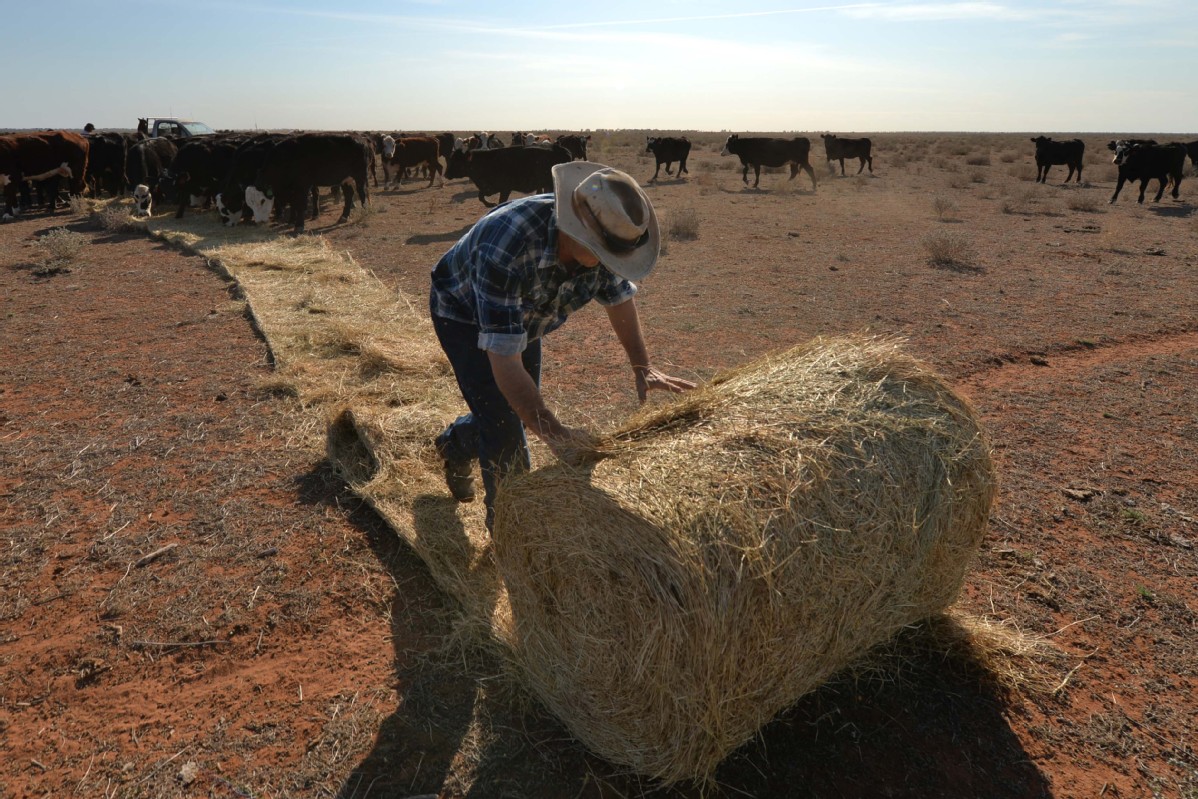Perilous times for wildlife amid severe drought


BOOLIGAL, Australia - From abandoned baby kangaroos to wallabies being blinded by the sun and koalas having to go walkabout to look for eucalyptus leaves, Australia's exotic wild animals are struggling to adapt to a crippling drought.
The "big dry", lasting for several years in some areas, is turning vast swathes of lush green land across the continent's eastern interior brown.
"There are large numbers of kangaroos dying all over the country," ecologist Richard Kingsford from the University of New South Wales said, warning that change was occurring "at such a fast rate for so many animals and plants that they can't adapt in that amount of time".
The government is ramping up aid to support drought-stricken farmers as they struggle to make ends meet and feed their stock.
But conservationists warn that the natural environment, particularly endangered wildlife, also needs support.
While droughts are not uncommon in Australia and native species are hardier than livestock, additional factors such as human activity, introduced animals and dwindling water sources are compounding the stress on populations.
Wildlife rescuer Racheal Walker has seen a sharp increase in the number of baby kangaroos, or joeys, being taken into care in central-west New South Wales state.
The malnourished babies are abandoned by mothers who aren't able to feed them, while others are orphaned young whose parents were struck by vehicles as they roam closer to towns in search of food and water.
Other smaller marsupials that usually prefer wooded areas are also venturing far beyond their habitat in search of sustenance.
"We're finding a lot more wallabies with blindness because they're actually coming out into the open paddocks searching for food, and their eyes are unable to cope with full sunlight," said Walker, of NSW rescue group WIRES.
From 2016, WIRES has recorded a 52 percent increase in the number of macropods rescued, and a whopping 81 percent jump for wombats. It could be much higher in inland areas not frequented by people, Walker said.
In northwest NSW, Kingsford has seen a collapse in the kangaroo population of more than 90 percent.
For farmer Alison McLean, who runs tourism project The Long Paddock to draw visitors to the agriculture-dependent region, the sharing of habitats between native animals and humans doesn't have to be a negative experience.
"They are coming closer, which actually gives people an opportunity to see them, as long as they practice safe-driving," McLean said.
"It's pretty amazing to see mobs of 30 emus go past you, which is what we see quite regularly and yet we still stop and take photos of it."
With no end to the drought in sight, Kingsford is hopeful governments will take measures to protect vulnerable species, such as keeping farm livestock out of national parks so that wildlife has a food source during the dry spells.
Agence France-Presse

































